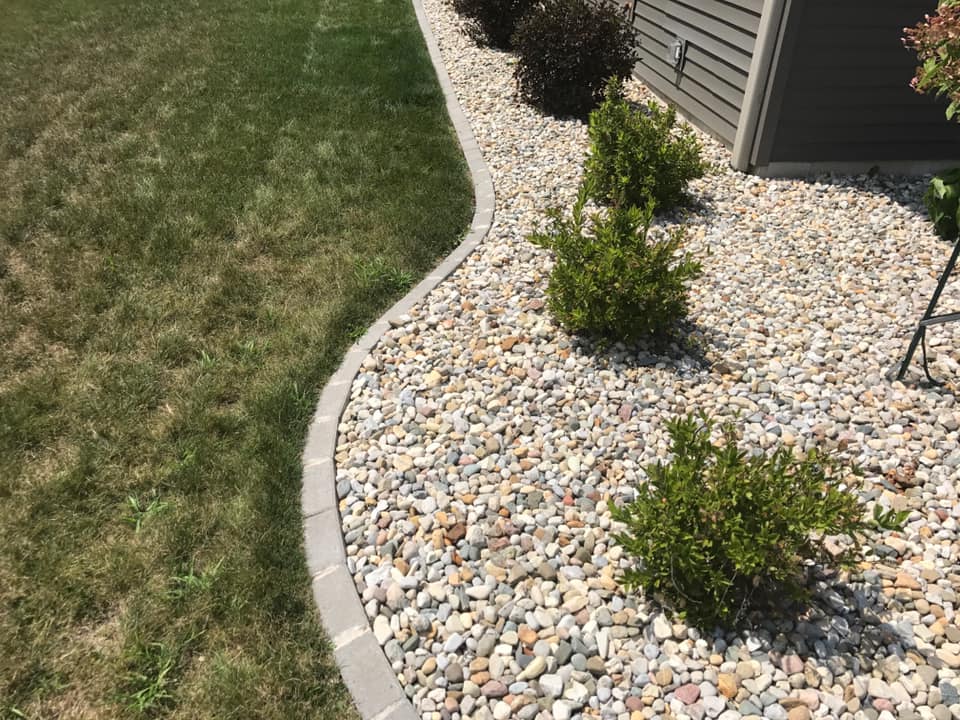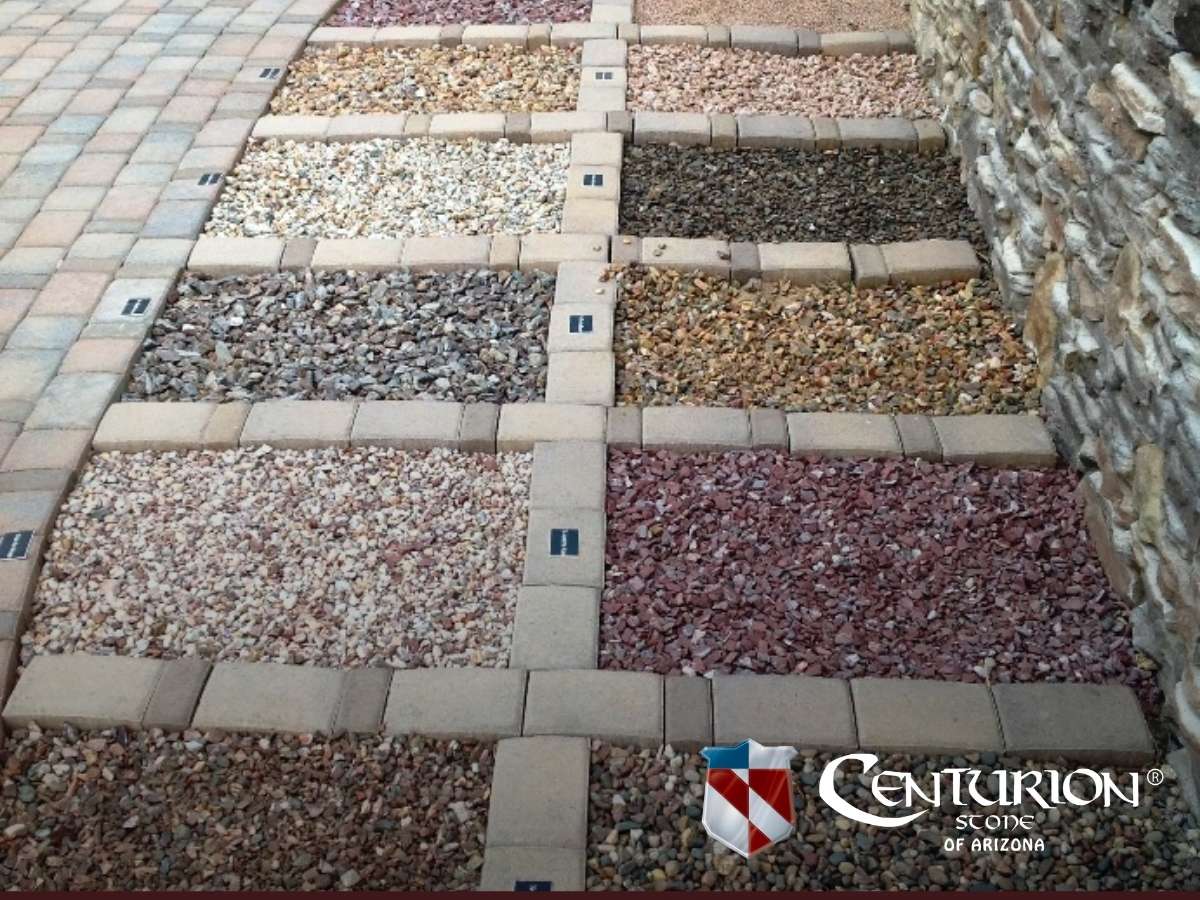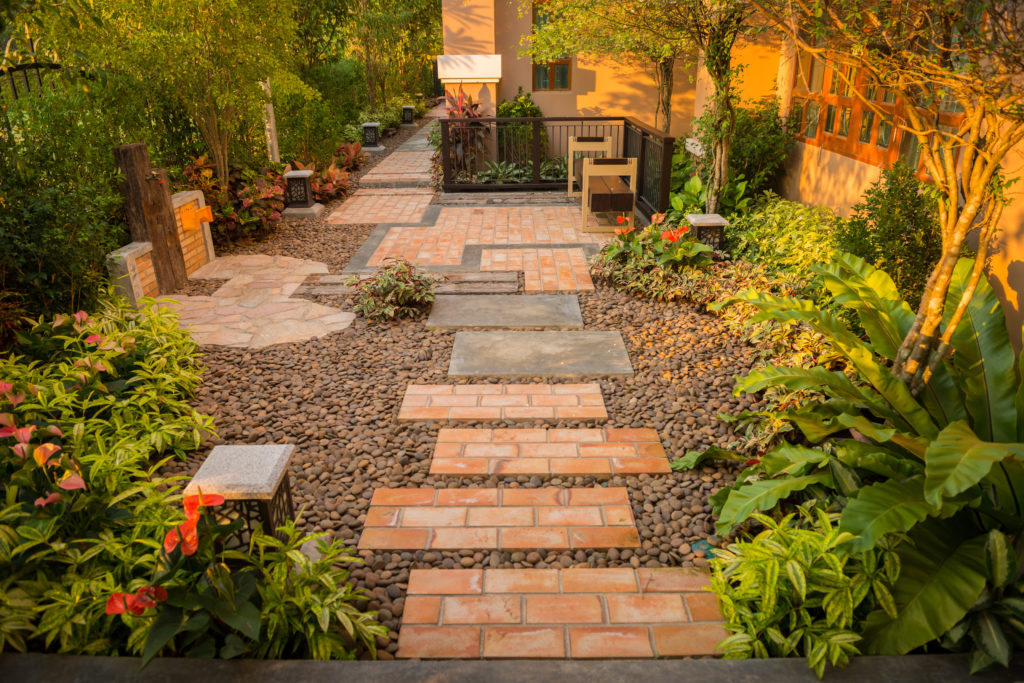Are you looking for an effective way to elevate your outdoor space? Decorative landscape gravel might just be the answer you’ve been seeking! As a landscaping enthusiast, I’ve experimented with various materials over the years, and decorative gravel stands out for its versatility and aesthetic appeal. In this comprehensive article, I’ll guide you through everything you need to know about decorative landscape gravel, from its types and benefits to practical installation tips and creative design ideas.
Understanding Decorative Landscape Gravel
Decorative landscape gravel is more than just a ground cover; it’s an essential element of outdoor design. It comes in a variety of sizes, colors, and textures, making it ideal for enhancing the beauty of any garden or landscape.
What Is Decorative Landscape Gravel?
Decorative gravel refers to various types of small stones used in landscaping to create visually appealing surfaces. Unlike traditional gravel, which is usually gray and unremarkable, decorative gravel is available in vibrant colors and unique shapes, allowing homeowners to express their personal style.
.jpg)
The Purpose of Decorative Landscape Gravel
The main purposes of decorative landscape gravel include:
- Enhancing Aesthetics: Adds beauty and design flair to any outdoor space.
- Soil Erosion Control: Helps prevent soil erosion by keeping moisture in the ground.
- Weed Suppression: Reduces weed growth when used properly.
- Drainage Improvement: Facilitates better drainage in gardens and yards.

Types of Decorative Landscape Gravel
Choosing the right type of decorative gravel is crucial for achieving the look you desire. Let’s explore some common types of decorative landscape gravel and their characteristics.

1. River Rock
River rock is smooth, rounded stones often found in riverbeds. These stones come in various sizes and colors, making them an attractive choice for pathways and gardens.

| Feature | Description |
|---|---|
| Appearance | Smooth and rounded, available in various colors |
| Best Uses | Pathways, water features, and decorative accents |
| Price Range | Moderate to high |
2. Crushed Stone

Crushed stone is made by breaking larger rocks into smaller pieces. This type of gravel is available in different colors and sizes, providing a more rustic appearance.
| Feature | Description |
|---|---|
| Appearance | Jagged edges, rustic look |
| Best Uses | Driveways, pathways, and drainage |
| Price Range | Low to moderate |

3. Pea Gravel
Pea gravel consists of small, rounded stones, typically about the size of a pea. It is a popular choice for pathways, playgrounds, and as a filler for flower beds.
| Feature | Description |
|---|---|
| Appearance | Small, rounded stones, usually in earthy tones |
| Best Uses | Pathways, playgrounds, and garden beds |
| Price Range | Low |
4. Lava Rock
Lava rock is a lightweight, porous stone that comes in various colors, typically reddish or black. It’s excellent for drainage and can add an exotic touch to your landscape.
| Feature | Description |
|---|---|
| Appearance | Rough, lightweight, available in various colors |
| Best Uses | Drainage solutions, garden beds, and fire pits |
| Price Range | Moderate |
5. Marble Chips
Marble chips are polished stones that add a touch of elegance to your landscape. They are available in various colors, providing a sophisticated look.
| Feature | Description |
|---|---|
| Appearance | Glossy, smooth, and available in many colors |
| Best Uses | Garden paths, decorative borders, and flower beds |
| Price Range | High |
The Benefits of Using Decorative Landscape Gravel
Beyond its beauty, decorative landscape gravel offers numerous benefits for homeowners. Here are a few reasons why it’s an excellent choice for your outdoor spaces.
1. Low Maintenance
One of the most significant advantages of decorative gravel is its low maintenance requirements. Unlike grass, gravel doesn’t need mowing, watering, or fertilization, allowing you to spend more time enjoying your landscape.
2. Cost-Effective
Compared to materials like grass sod or paving stones, gravel is often more affordable. Plus, it lasts longer and can reduce costs related to lawn care and maintenance.
3. Excellent Drainage
Gravel provides superior drainage, preventing water from pooling in your garden. This is especially beneficial in heavy rainfall areas.
4. Weed Suppression
When laid down properly with a landscaping fabric, decorative gravel can significantly reduce weed growth, keeping your garden looking neat and tidy.
Installing Decorative Landscape Gravel
Installing decorative gravel is a straightforward process, but following the right steps will ensure a beautiful, long-lasting result. Here’s how to do it.
Step 1: Planning Your Design
Before you begin, sketch out your landscape design. Decide where you want to place the gravel and what type you prefer. Consider using a combination of different gravels for added visual interest.
Step 2: Preparing the Area
Clear the area of any existing plants, weeds, or debris. If you’re creating a pathway, ensure the ground is level and firm.
Step 3: Installing Landscape Fabric
To prevent weed growth, install landscape fabric over the area. This will allow water to penetrate while blocking sunlight from reaching the soil.
Step 4: Adding Gravel
Now it’s time to add your decorative gravel! Use a shovel to spread it evenly over the area, maintaining a consistent depth of about 2-3 inches for optimal weed suppression and drainage.
Step 5: Compacting the Gravel
Use a hand tamper or plate compactor to ensure the gravel is tightly packed down. This step is crucial for creating a stable surface, especially if you plan to use it for pathways or driveways.
Creative Ways to Use Decorative Landscape Gravel
Now that you know about the various types and installation, here are some creative ideas for using decorative landscape gravel to enhance your outdoor space.
1. Pathways
Create beautiful pathways through your garden with various colors and sizes of gravel. This not only adds functionality but also enhances the aesthetic appeal.
2. Ground Cover
Use decorative gravel as a ground cover for flower beds or under trees. It provides a neat finish while helping to retain moisture in the soil.
3. Rock Gardens
Incorporate gravel into a rock garden. Combine it with larger stones and drought-resistant plants to create a low-maintenance landscape feature.
4. Fire Pits
Surround your fire pit with decorative gravel to create a cozy atmosphere. It enhances the area while providing excellent drainage.
5. Fountain Bases
Use decorative gravel around water features, such as fountains or ponds, to create a serene and harmonious look.
Pros and Cons of Decorative Landscape Gravel
Like any landscaping material, decorative landscape gravel has its pros and cons. Here’s a quick overview:
Pros
- Low maintenance
- Cost-effective
- Excellent drainage properties
- Wide variety of colors and styles
- Weed suppression when installed correctly
Cons
- May shift or spread over time
- Can be difficult to walk on barefoot (depending on type)
- Some types can be expensive
- Can retain heat, affecting nearby plants
Maintaining Decorative Landscape Gravel
While decorative gravel is low maintenance, some care will keep it looking its best. Here are a few maintenance tips:
1. Regular Raking
Occasionally rake the gravel to maintain an even surface. This helps to redistribute any displaced stones.
2. Weeding
Though gravel helps suppress weeds, some may still break through. Regularly inspect the area and remove any weeds you see.
3. Refreshing the Layer
Over time, gravel can become compacted or thin out. Add a new layer of decorative gravel every few years to keep it looking fresh.
FAQs About Decorative Landscape Gravel
Q1: How much decorative gravel do I need for my project?
A1: To calculate the amount of gravel needed, measure the area’s length and width, then multiply to get the square footage. Multiply that by the desired depth (in inches), and divide by 27 (to convert cubic inches to cubic yards).
Q2: Is decorative gravel suitable for driveways?
A2: Yes, certain types like crushed stone and larger gravel can be excellent choices for driveways, providing good drainage and a rustic look.
Q3: Can I use decorative gravel in a vegetable garden?
A3: It’s advisable to avoid using gravel in vegetable gardens as it can retain heat, potentially affecting plant growth. However, it can be used in pathways between garden beds.
Q4: Will decorative gravel attract pests?
A4: Generally, decorative gravel does not attract pests, but standing water in gravel can create a breeding ground for mosquitoes. Ensure proper drainage to avoid this.
Conclusion
Decorative landscape gravel is an extraordinary way to enhance your outdoor space. Its beauty, functionality, and low maintenance make it an appealing choice for homeowners and landscapers alike. Whether you’re creating a new garden, designing a pathway, or looking for a unique way to enhance your existing landscape, decorative gravel can provide the perfect solution. Let your creativity flow and transform your outdoor area into the beautiful oasis you’ve always dreamed of!
Ready to start your decorative gravel project? Dive in and enjoy the transformation!